Brazil, the largest country in South America, is a sanctuary for many wild cat species, ranging from big cats like the jaguar to small wild cats like the oncilla. Brazil’s vast landscapes provide ideal habitats for these cats.
More About Brazil
Spanning over 8.5 million square kilometers, Brazil is made up of many different ecosystems, including the:
- Amazon Basin: Dominating the northern region, this vast rainforest is home to many different kinds of flora and fauna.
- Pantanal: Located in the west, it’s the world’s largest tropical wetland, home to all kinds of wildlife.
- Caatinga: A semi-arid scrub forest, also known as a “white forest,” located in the northeastern region of Brazil. It has sparse, thorny vegetation that sheds leaves during dry seasons. The name “Caatinga” comes from the Tupi-Guarani language, meaning “white forest” due to the stark, whitish appearance of the landscape during the dry season.
- Cerrado: A vast tropical savanna in central Brazil, characterized by its unique vegetation and biodiversity.
- Atlantic Forest: Stretching along the eastern coast, this biome is rich in endemic species but has been significantly reduced due to urbanization.
- Pampas: Found in the southern regions, these are fertile lowland plains.
This geographical diversity creates many different habitats, each supporting various wild cat species.
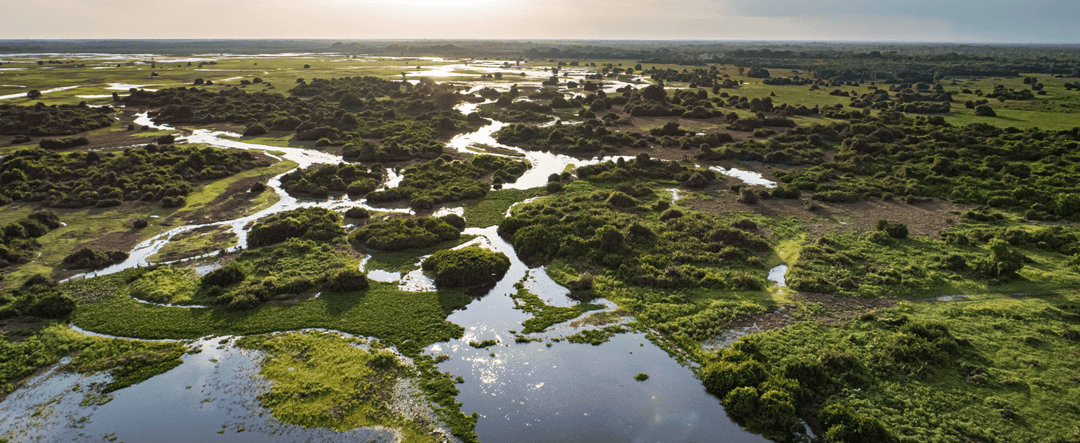
Brazil’s Pantanal region.
Wild Cat Species in Brazil
Brazil is home to several wild cat species, including the jaguar, puma, ocelot, margay, jaguarundi, oncilla, pampas cat, and Geoffroy’s cat.
Jaguar
Panthera onca
Habitat: Mostly found in the Amazon Rainforest and the Pantanal wetlands.
Interesting Facts:
- The jaguar is the largest cat in the Americas and plays a crucial role as a top predator, maintaining the balance of its ecosystem.
- Unlike most cats, jaguars are adept swimmers and often hunt in water, preying on fish and caimans.
Where you can find Jaguars in Brazil
There are many jaguars in the Amazon Rainforest and the Pantanal. You can also find jaguars in the Cerrado (central Brazil), the Caatinga, and the Atlantic Forest.
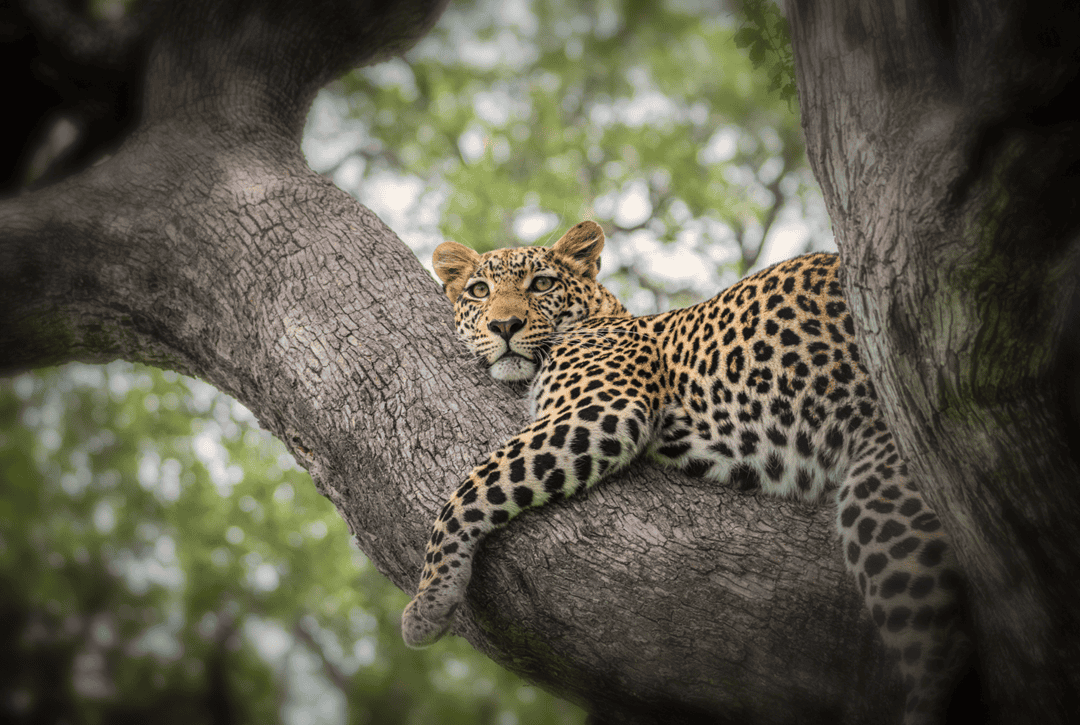
Jaguar
Puma
Puma concolor
Habitat: Versatile in habitat selection, pumas inhabit regions ranging from the forests of the Amazon to the highlands and even arid areas.
Interesting Facts:
- Also known as cougars or mountain lions, they have the largest range of any wild land mammal in the Western Hemisphere.
- Pumas are solitary and highly adaptable, capable of surviving in various environments.
The Location of Pumas in Brazil
Pumas can be found in the Amazon Rainforest, Pantanal, Cerrado, Caatinga, Atlantic Forest and Pampas.
In the Amazon Rainforest, they occur in less dense forests with more open spaces. Pumas are also found in the Pantanal’s wetland regions of Mato Grosso and Mato Grosso do Sul. They thrive in the scrublands and rocky terrains of the Caatinga.
Some pumas are found in the Atlantic Forest, but their populations are fragmented. In the pampas of southern Brazil, especially Rio Grande do Sul, you will find pumas in the grasslands and low woodlands.
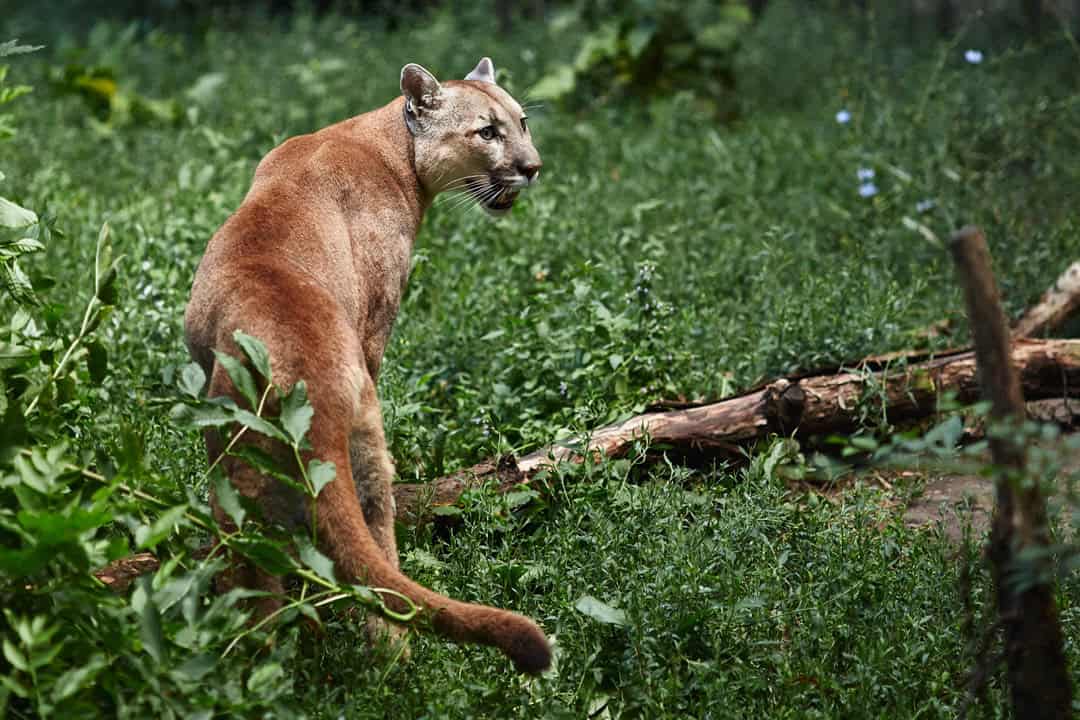
Puma
Ocelot
Leopardus pardalis
Habitat: Thrives in the dense forests of the Amazon and Atlantic Forest, as well as the scrublands of the northeast.
Interesting Facts:
- Ocelots are nocturnal and have a keen sense of sight and hearing, making them efficient hunters of small mammals and birds.
- Their beautiful, spotted coats were once highly sought after, leading to significant declines due to poaching.
Where You Can Find Ocelots in Brazil
Ocelots are found in the Amazon Rainforest, Pantanal, Cerrado, Atlantic Forest, and Caatinga. They prefer dense vegetation for cover and are typically more active in forests, swamps, and thickets.
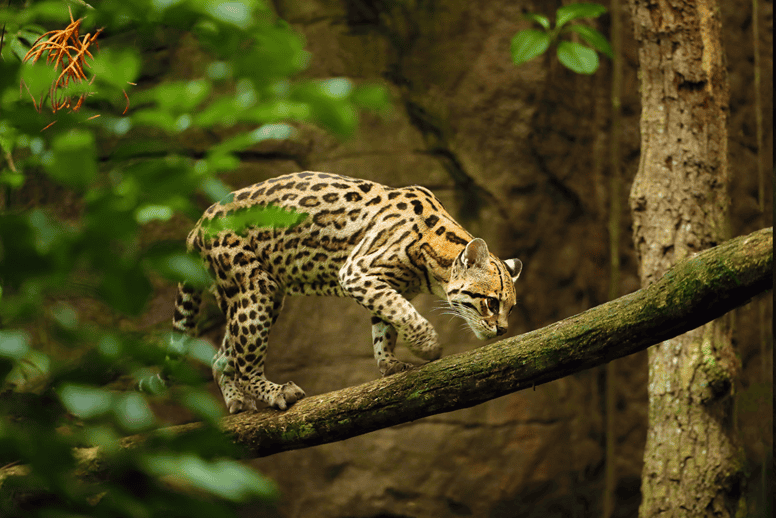
Ocelot
Margay
Leopardus wiedii
Habitat: Prefers dense, humid forests, including the Amazon and Atlantic Forest.
Interesting Facts:
- Margays are exceptional climbers, with ankles that can rotate up to 180 degrees, allowing them to descend trees headfirst.
- They are known to mimic the calls of their prey to lure them closer.
Where the Margay Lives in Brazil
You can find margays in the Amazon Rainforest, Atlantic Forest, Pantanal, Cerrado and Caatinga. They prefer evergreen and deciduous forests with thick canopies, and avoid open areas.

Margay
Jaguarundi
Herpailurus yagouaroundi
Habitat: Occupies a range of habitats from lowland forests to scrublands and even semi-arid regions.
Interesting Facts:
- Unlike other wild cats, jaguarundis are more diurnal, being active during the day.
- They have a unique appearance, with a slender body and uniform coloration, resembling an otter or a weasel.
Where Jaguarundis live in Brazil
The jaguarundi inhabits the Cerrado, Pantanal, Amazon Forest, Atlantic Forest, and Caatinga.
They prefer open or semi-open habitats like grasslands, shrublands, and forest edges over deep forests. As long as there is cover and prey, you can even find them near human settlements. The Cerrado and Pantanal probably have the most jaguarundis.
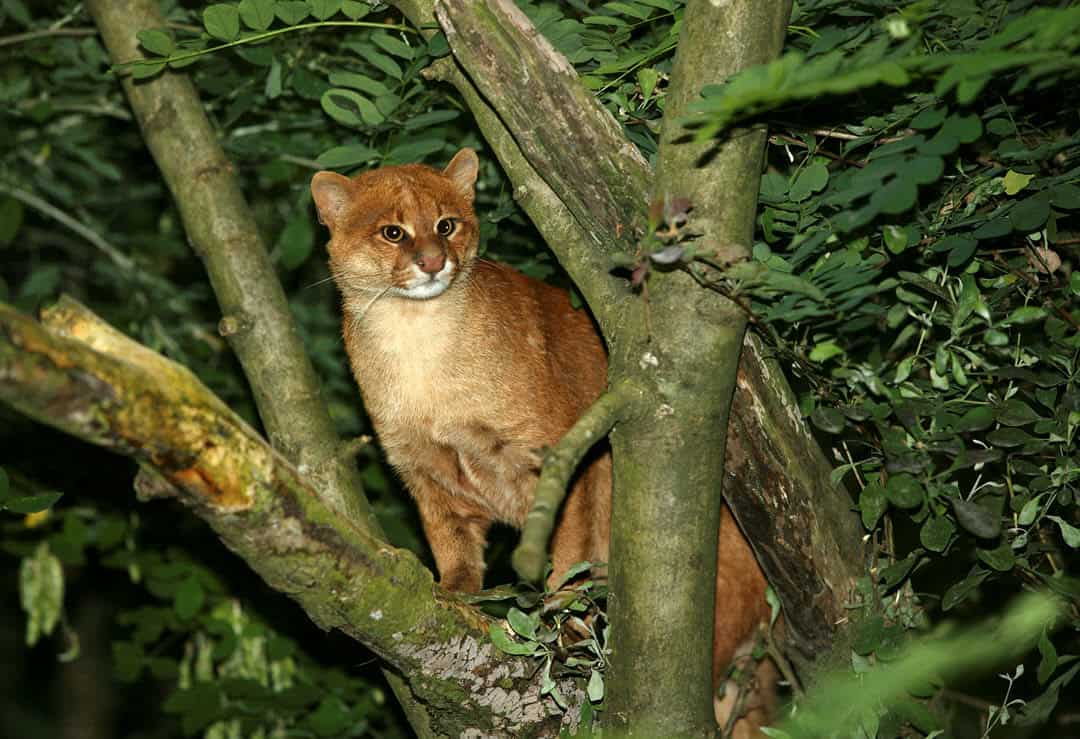
Jaguarundi
Oncilla
Leopardus tigrinus
Habitat: Inhabits montane and cloud forests, primarily in the Atlantic Forest region.
Interesting Facts:
- Also known as the little spotted cat, the oncilla is one of the smallest wild cats in the Americas.Wikipedia
- They are elusive and primarily nocturnal, making it difficult for them to study in the wild.
Areas Inhabited by Oncillas
Oncillas are found in the Atlantic Forest, usually in dense forests and mountainous areas. They also inhabit the Cerrado and the Amazon Rainforest. In the Amazon, they prefer forest edges and areas with thick undergrowth. Other places where you can find oncillas include the Caatinga and Pampas. Oncillas usually avoid open areas, preferring places where they can hide and hunt small prey.

Oncilla
Pampas Cat
Leopardus colocola
Habitat: Found in open grasslands, scrublands, and dry forests, particularly in the southern regions like the Pampas.
Interesting Facts:
- The Pampas cat’s appearance varies significantly across its range, leading to debates about potential subspecies.
- They are primarily nocturnal and have a diet consisting of small mammals and birds.
Where the Pampas Cat Lives
You can find the Pampas cat in the Pampas region of Brazil, where there are open plains, marshes, and scattered woodlands. The Pampas cat also inhabits the Cerrado, especially areas with dense ground cover. They also make their home in the Pantanal, Atlantic Forest and Caatinga. Pampas cats like open habitats, including grasslands, marshes, and savannas, especially if there are shrubs or low trees for cover.

Pampas Cat
Geoffroy’s Cat
Leopardus geoffroyi
Habitat: Inhabits the southern regions of Brazil, favoring grasslands and scrubby areas.
Interesting Facts:
- Geoffroy’s cat is one of the most abundant wild cats in its range but remains elusive due to its secretive nature.
- They are excellent swimmers and often hunt aquatic prey.
Areas Inhabited by the Geoffroy’s Cat
The Geoffroy’s Cat is primarily found in the Pampas, Pantanal, Cerrado, and Chaco (the western part of Brazil with dry forests and scrublands). Geoffroy’s cats like open and semi-open habitats, usually with patches of dense vegetation or shrubs for cover. They also adapt to new environments but typically avoid places with dense forests and large urban settlements.

Geoffroy’s Cat
Key Conservation Challenges
Habitat Loss and Fragmentation
Deforestation for agriculture, cattle ranching, and infrastructure development has led to significant habitat loss and fragmentation, particularly in the Amazon and Atlantic Forest regions. This not only reduces the living space for wild cats but also isolates populations, making genetic diversity more difficult.
Human-Wildlife Conflict
In areas like the Pantanal, jaguars occasionally prey on livestock, leading to retaliatory killings by ranchers. This conflict poses a significant threat to jaguar populations.
Illegal Hunting and Trade
Historically, ocelots were heavily hunted for their pelts, and while international trade has declined, illegal hunting persists. Additionally, the pet trade poses a threat to smaller wild cat species.
Conservation Solutions
Establishment of Protected Areas and Corridors
Creating and maintaining protected areas and ecological corridors is vital for connecting fragmented habitats. For instance, the development of jaguar corridors facilitates gene flow and reduces inbreeding risks.
Community Involvement
Engaging local communities through ecotourism provides economic incentives for conservation. In the Pantanal, ecotourism initiatives have been implemented to benefit both jaguars and local ranchers.
Research and Monitoring
Continuous research and monitoring of wild cat populations help in understanding their ecology and threats.
Legislation and Enforcement
Strengthening laws and their enforcement against poaching and illegal trade is crucial. International agreements like CITES regulate trade, while national laws protect species within Brazil.
Restoration Projects
Through initiatives focusing on restoring degraded habitats, these multifaceted approaches, Brazil aims to mitigate threats and ensure the long-term survival of its wild cat species.
Wild Cat Laws in Brazil
Brazil has implemented several key wildlife conservation laws that significantly impact wild cat species:
Federal Constitution of 1988
Article 225 mandates the protection of fauna and flora, prohibiting practices that risk their ecological functions, lead to species extinction, or subject animals to cruelty.
Law No. 5.197/1967 – Fauna Protection Law
This law prohibits professional hunting and the commercialization of products resulting from the hunting, capture, or destruction of wild animals.
Law No. 9.605/1998 – Environmental Crimes Law
Establishes penalties for environmental offenses, including harming wildlife. Article 32 specifically prohibits the abuse, mistreatment, or mutilation of domestic or wild animals, with penalties of imprisonment and fines.
Decree No. 6.514/2008
Outlines violations against fauna and corresponding administrative sanctions, reinforcing the provisions of the Environmental Crimes Law.
Law No. 9.985/2000 – National System of Nature Conservation Units (SNUC)
Establishes categories of protected areas aimed at conserving biodiversity, directly benefiting habitats of wild cats.
CONAMA Resolution 394/2007
Sets criteria for determining wild species that can be bred and commercialized as pets, impacting the trade of certain wild cats.
These laws collectively contribute to the protection and conservation of wild cat species in Brazil by addressing habitat preservation, regulating human interactions, and imposing penalties for harmful activities.
References & Research Quotes
1. “Habitat loss and fragmentation are important threats to carnivores worldwide and are especially intense for large predators. Jaguars have been extirpated from over half of their original distribution, and few regions still maintain large populations. The Pantanal is among the best examples of such regions and can be used to better understand several aspects of jaguar biology that are relevant for conservation planning throughout the species’ range. – D. L. Z. Kantek, et. al. (2021). “Jaguars from the Brazilian Pantanal: Low genetic structure, male-biased dispersal, and implications for long-term conservation.” ScienceDirect.com.
2. “Brazil holds 50% of the jaguar’s current range, much of it centring in the Amazon basin, which has long been consi- dered the species’ stronghold. Jaguars also range across four other biomes of Brazil (Cerrado, Caatinga, Pantanal and Atlantic Forest).” – Sollmann, Rahel & Torres, Natalia & Silveira, Leandro. (2008). Jaguar Conservation in Brazil: The Role of Protected Areas. Cat News Spec. Issue. 4.

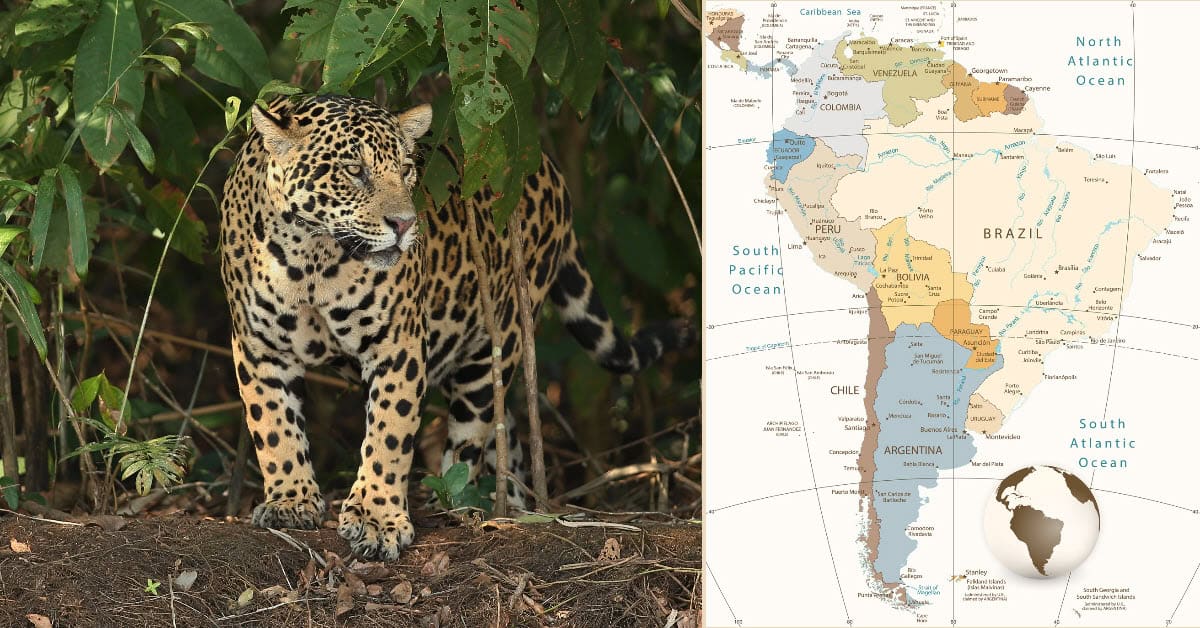

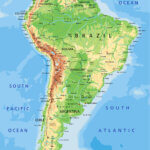

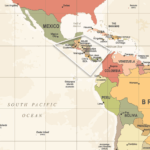



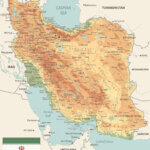


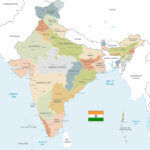


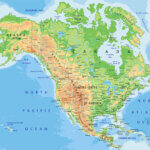

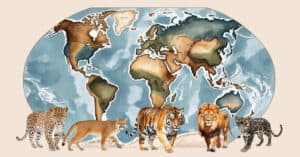


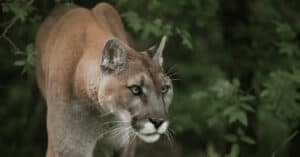
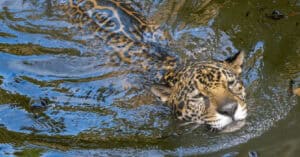
0 Comments